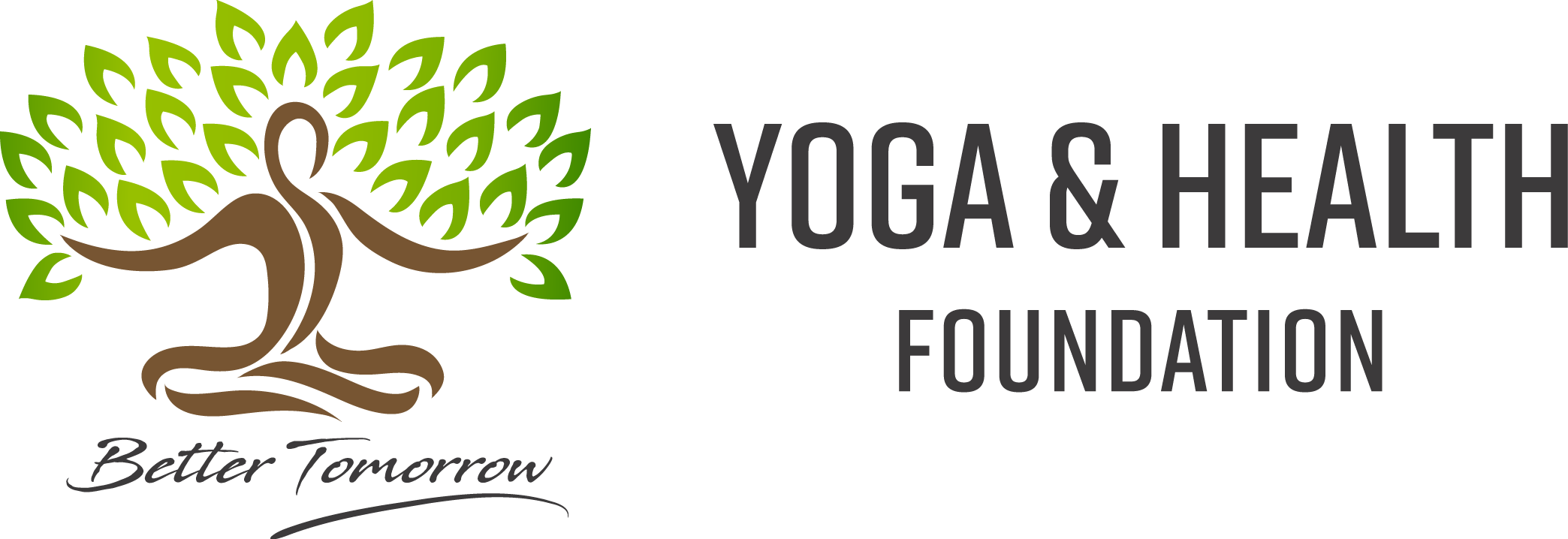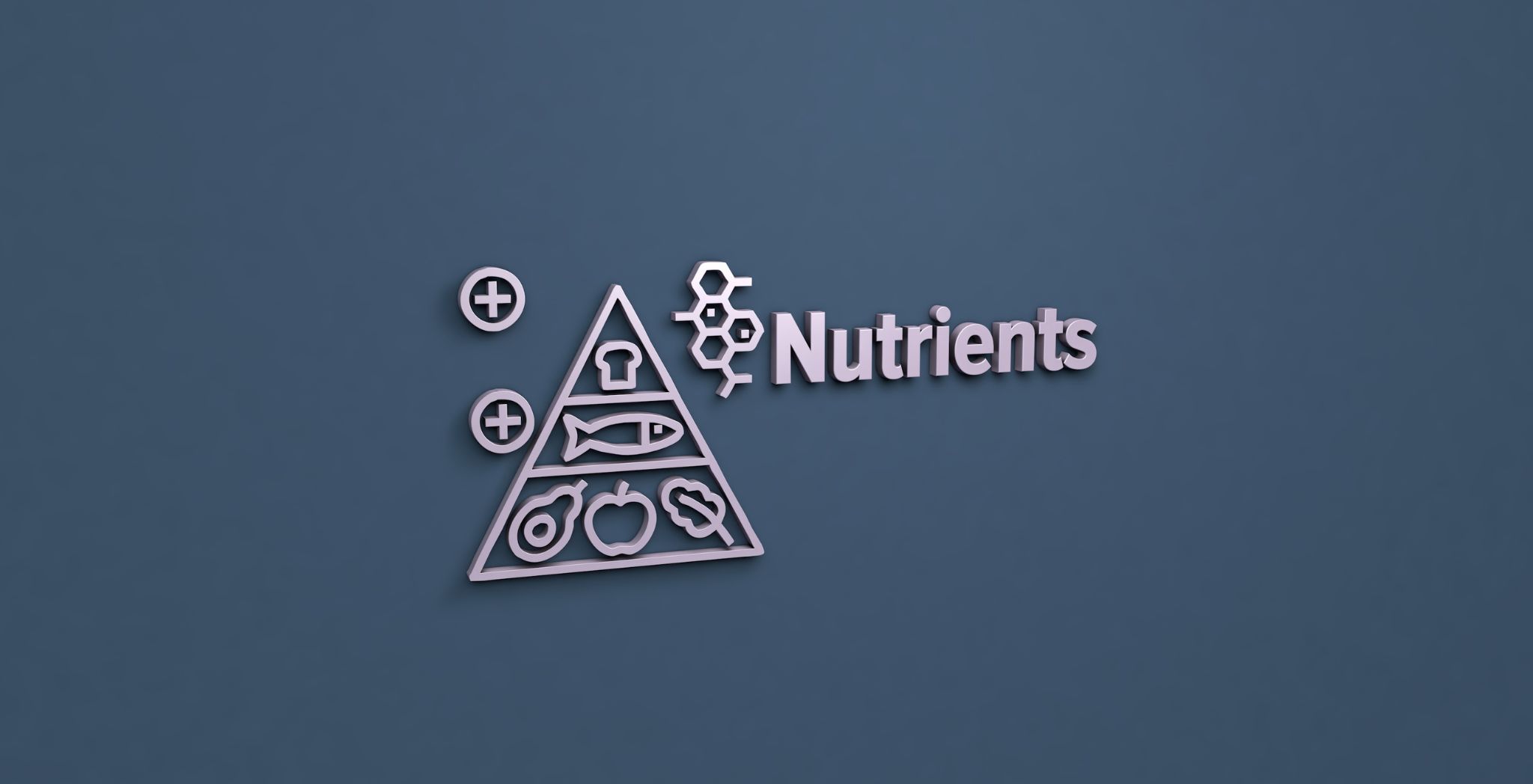Reflections on Holistic Health
Holistic health is basically an approach to wellness and better balance. This approach embraces the physical, mental, emotional, social, and spiritual components of our health. Vedic living is a great example of holistic living and it draws upon many worldviews, cultures and traditions to do one thing – heal. Healing…










